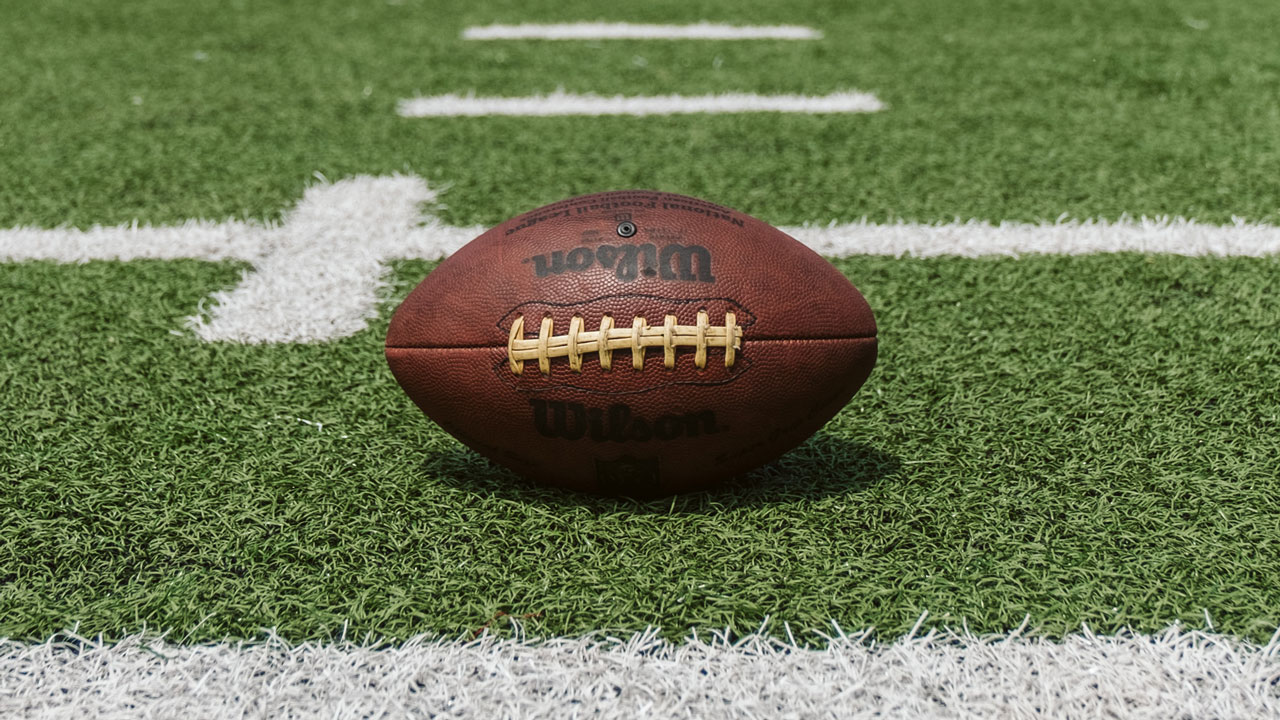Article Takeaways:
- For advertisers, the Superbowl is a cross-platform phenomenon
- Twitter is seen as the perfect ‘companion’ platform for campaigns.
Type ‘Super Bowl’ into Google and pre-match hype on what we can expect from the clash of two football teams makes up about half of the articles you are presented with. The other half are concerned with what many people around the world have grown to recognize the Super Bowl for – a launchpad for brands, film producers and even election campaigns.
2019 certainly saw brands take center stage. While the sports showdown itself resulted in a fairly meager scoreboard of just 13-3 to the New England Patriots, the halftime shows and commercial breaks succeeded in captivating audiences with a series of creative efforts from the world’s largest brands.
Not all ads were created equal – in 2019, KIA saw the highest lift score on social media, while Bumble received high praise for its ad featuring global tennis icon, Serena Williams. Bumble’s ad focused on women pursuing their own sports interests, delivering a clear message that female leadership and control extends beyond sport into all aspects of life, including dating – ‘Women, the ball is in your court’. Great advertising.
Apart from the feel-good messaging these ads deliver, brands succeed because of where they show up. Unlike many other more prescriptive media moments, the Super Bowl is an event where people tune in with no expectations other than to be wowed by what they see, and then tell their friends about it.
A shared moment
The Super Bowl is a rarity in today’s dynamic media landscape. At a time when audiences consume just as much video on their mobile devices as they do through their television sets, people no longer tether themselves to broadcast schedules.
However, the sport remains one of the few genres that many feel obliged to watch live and this won’t disappear anytime soon. All those eyeballs on a game broken into four rounds dictates watching some of the biggest creative launches simultaneously. For the viral marketer, it’s dynamite.
This isn’t an opportunity that has gone unnoticed, of course. With the cost of a 30-second advert in the game, which will air on Fox, hitting $5.6 million, the ad bowl is once again expected to be just as intense as the matchup on the field.
One entrant dialing up the heat is Facebook. Facebook has been seeking to position Groups as a way for people to connect with like-minded people through a campaign themed “More Together”. It’s hard to imagine a more cogent pairing of brand and event than the Super Bowl LIV.
Cross-channel experience
The other unique element, perhaps more recent in its evolution, is that the Super Bowl is a cross-channel media phenomenon. If audiences aren’t watching on their tablet or mobile, then it’s switched on and it’s in their hands.
Social media has played a vital role in this regard. From Oreo’s ‘Dunk in the Dark’ campaign to Tide’s ‘Every ad is a #TideAd’, platforms like Twitter have established themselves as essential “companion” apps to the Super Bowl, enabling all the chatter and shared content that completes a match day today. Last year M&M’s and Persil Proclean achieved 91% positive social media interactions on Super Bowl Sunday with Toyota leading the pack at 93%.
It’s against this backdrop that the NFL has joined forces with the hot new social media video app, TikTok. While this might appear like a first-mover opportunity, the American professional “football” league isn’t the first sport organization to partner with TikTok – the NBA, Wimbledon, and the International Cricket Council have all invested in the social media app to diversify the audience they’re able to reach and amplify the kind of engagement that they are able to generate.
Indeed, to reach the younger audiences who spend less than two hours a day watching television, but over three hours and a half on their phones, TikTok represents a vital next step in the future of sports marketing.
From a range of ages, genders, political backgrounds, and personal interests, the Super Bowl is relevant to different audiences in different ways. With that in mind, UK marketers need to be able to enhance cross-screen experiences for each segment. They will achieve that by truly understanding their audiences no matter where and using technology platforms that can activate the data with engaging cross-channel campaigns.


Great Blog about sports broadcast. Thanks for sharing.
Very informative post. I really do hope and pray this stuff works!